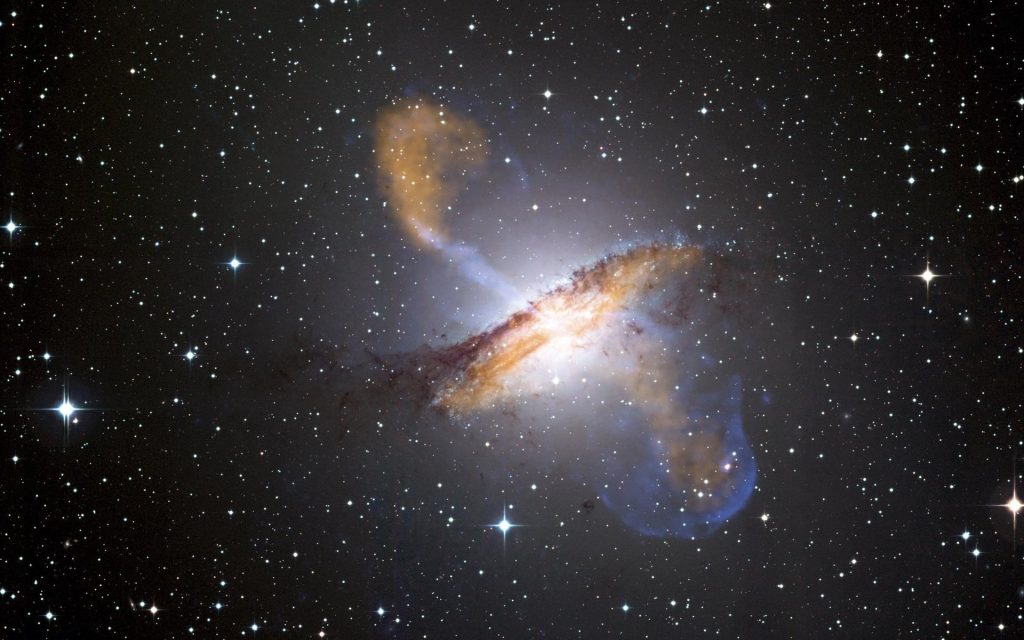In the cradle of civilization, Babylonian scholars studied the stars and made predictions based on their movements, recording knowledge that would serve as the foundation for the astronomical sciences. After three thousand years of scientific advancement, scientists made a new discovery on October 16, when they observed two stars merge.
The phenomenon, called a neutron merger, occurs when two neutron stars in a binary system come into contact and merge, emitting gravitational waves and visible light. Neutron stars are one of the densest objects in the universe, typically measuring around 10 miles in diameter yet possessing the same mass as our sun. Due to this density, they move very quickly, and only 5% are in binary systems.
This discovery begins to answer long-held questions about where the elements in our universe originated. Scientists observed that the explosions in neutron mergers release radioactive waste and propel heavy, opaque elements into surrounding space, creating a telltale red hue. The heavy elements produced by these mergers include gold and platinum. In fact, scientists estimated that the merger produced 200 Earth masses worth of gold – Earth’s mass is 5.972 × 10^24 kg. Written out, that’s 5,972,000,000,000,000,000,000,000 kg. According to scientists, this data indicates that neutron mergers could account for all the gold in the universe, as well as half of elements such as silver and platinum.
 Ask Carolyn
Ask Carolyn






